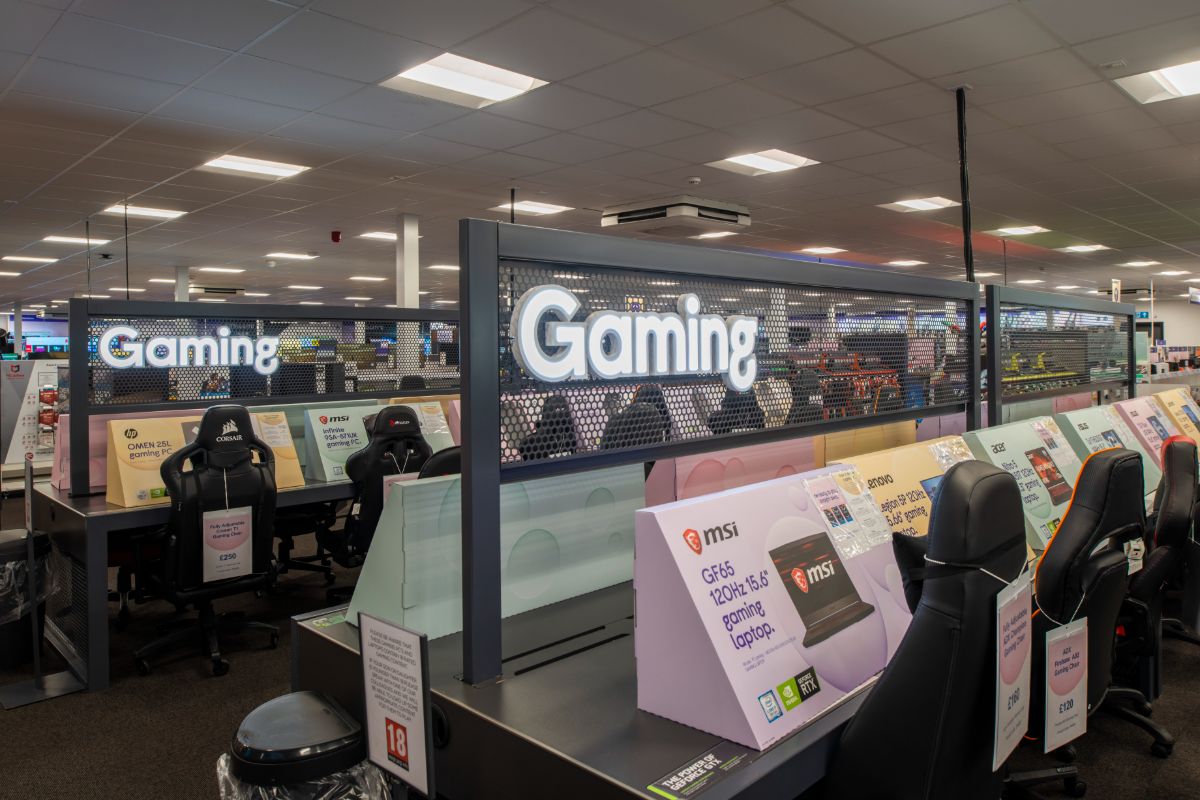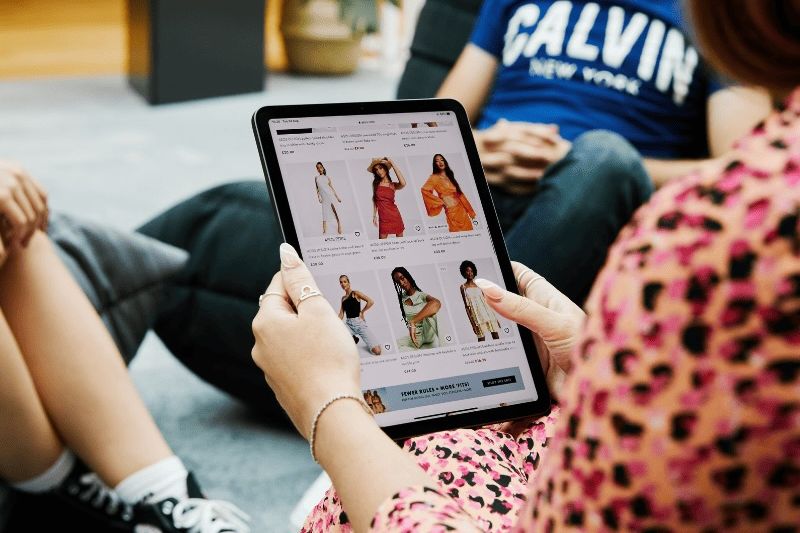The third edition of the RetailX Coronavirus Consumer Sentiment Tracker suggests that shoppers are gradually buying online more than they used to before the outbreak of the pandemic – while three in 10 have stepped buying from bricks and mortar stores altogether. Within each retail category – groceries, clothing, electronics and takeaways – the largest group of respondents say they are buying the same as previously, while the numbers who have stopped buying online and those who have increased the extent to which they buy online are both growing, gradually. Three-quarters of shoppers say grocery retailers have stepped up and shown leadership during the crisis – more than in any other category.
But while many have changed the way they shop, most say the change is not permanent, with 64% saying they intend to revert to the way they used to buy once the pandemic is over.
One thousand UK adults responded to the survey, which was carried out via Pollfish, over the course of April 8. Fractions are rounded to the nearest full number, with 0.5 rounded up.
Attitudes to Covid-19
Expectations of how long the Covid-19 pandemic have remained broadly similar in recent weeks.
Most shoppers (54%, up from 53% on March 25) now expect it to be a public health issue for another four to 12 months, while the second largest group expects it to continue for between one and three months (30% from 27% on March 25). Ten per cent expect it to continue for between one and two years (13% March 25). At the extremes, similar numbers as before say there is no public health issue (1%) and that it will never return to normal (3%).
How is customer behaviour changing?
How are we using shops?
As of April 8, 30% of shoppers have stopped buying from bricks and mortar stores. That’s up from 27% on March 25 and 3% on March 11. Six in 10 (62%, from 60% March 25) have reduced the amount to which they visit shops. Fewer than one in 10 (7%, from 9% March 25) have made no change to their store visits, while 1.5% (2% March 25) are visiting more often.
How are we shopping online?
The latest figures show more people are now shopping online, with the number who say they don’t shop online falling to 1% on April 8, from 2% on March 25, and from 4% on March 11.
The largest groups continue to buy online between six and 15 times a year (28%, from 27% on March 25) and between 16 and 30 times a week (28%, from 24% on March 25 ). Smaller numbers say they shop online between one and five times a year (12%) and between 31 and 60 times a year (17%) and more than 60 times a year (14%). The figures seem to suggest that while some shoppers are buying online for the first time, others are gradually upping the frequency of their online shops.
Most (55%) say they are still buying from the same retailers as previously; 23% have stopped buying from a regular retailer as a result of Covid-19, while 22% have started buying from a new retailer.
What are shoppers buying online?
Groceries
The largest group (41%) are those who are buying groceries online to the same extent as they did before the outbreak of Covid-19. That’s down slightly from 43% on March 25, and from 78% on March 11.
As of April 8, slightly more people have increased the amount they buy online at 28% – up from 26% on March 25, and 14% on March 11. Similar numbers say they are buying fewer groceries online (16% from 15% previously) or that they have stopped buying groceries online completely (15% – up from 4% on March 11).
The survey asked whether Covid-19 had made a difference to shoppers’ ability to buy groceries online, for example because services are more busy. More than half (57%) said it had reduced their ability, 19% said it had increased their ability, while 23% said it made no difference.
Asked whether retailers selling groceries had stepped up and shown leadership in the pandemic, 77% agreed that they had – 46% strongly agreed while 34% agreed somewhat. Only 7% disagreed either strongly (2%) or somewhat (4%).
Electronics
The appetite to buy electronics appears to have fallen slightly, compared to earlier in the pandemic. On April 8, 43% said they were buying electronics online to the same degree as usual. That’s down from 47% on March 25, and 86% on March 11.
The proportion who have stopped buying electronics remains at 29% on April 8 – the same as on March 25, and much higher than the 3% who had done so on March 11.
On April 8, 19% were buying fewer electronics products online, and 9% were buying more.
Most respondents (56%) said Covid-19 had made no difference to their ability to buy electronics online, but 36% said they were less able to do so, while 9% were more able to.
Asked whether electronics retailers had stepped up in showing leadership during the pandemic, 58% said they neither agreed nor disagreed, while 19% somewhat agreed and 9% somewhat disagreed.
Clothes
Just over a third (37%) of shoppers say they are buying clothes online to the same extent as they did before coronavirus – down from 45% on March 25, and 83% on March 11. More than a quarter (27%) have stopped completely (28% on March 25, 3% on March 11), and 23% (5% on March 11) have reduced the extent to which they buy clothes online. A growing 13% are buying more clothes online – up from 10% on March 25 and March 11.
Covid-19 has made no difference to the ability of 52% to buy online, while 37% are less able to do so through, for example, websites being busy, and 12% are more able.
Asked whether clothing retailers had stepped up to show leadership, 34% said they had, agreeing strongly (12%) or somewhat (22%). Sixteen per cent disagreed, either strongly (11%) or somewhat (5%).
Takeaways
More than a quarter (29%) of respondents buy takeaways online to the same level as they did previously, as of April 8. That’s down from 34% on March 25. The proportion who have stopped buying takeaways has risen to 38%, from 35% on March 25. A fifth (20%) have reduced their online spending on takeaways, and 14% are spending more (12% March 25).
On March 11, just under three-quarters (73%) were buying takeaway food to the same extent, 7% were buying more, 11% less and 7.5% had stopped.
A large minority of respondents (46%) said they were less able to buy takeaways online while 41.5% were equally able to buy them, and 13% were more able to do so.
Is the change permanent?
Most respondents (64%) say they expect to return to the way they used to shop once the pandemic is over. More than a quarter (29%) expect they’ll buy in the same way they do now, while 7% say they haven’t changed the way they shop.
Image: Fotolia








